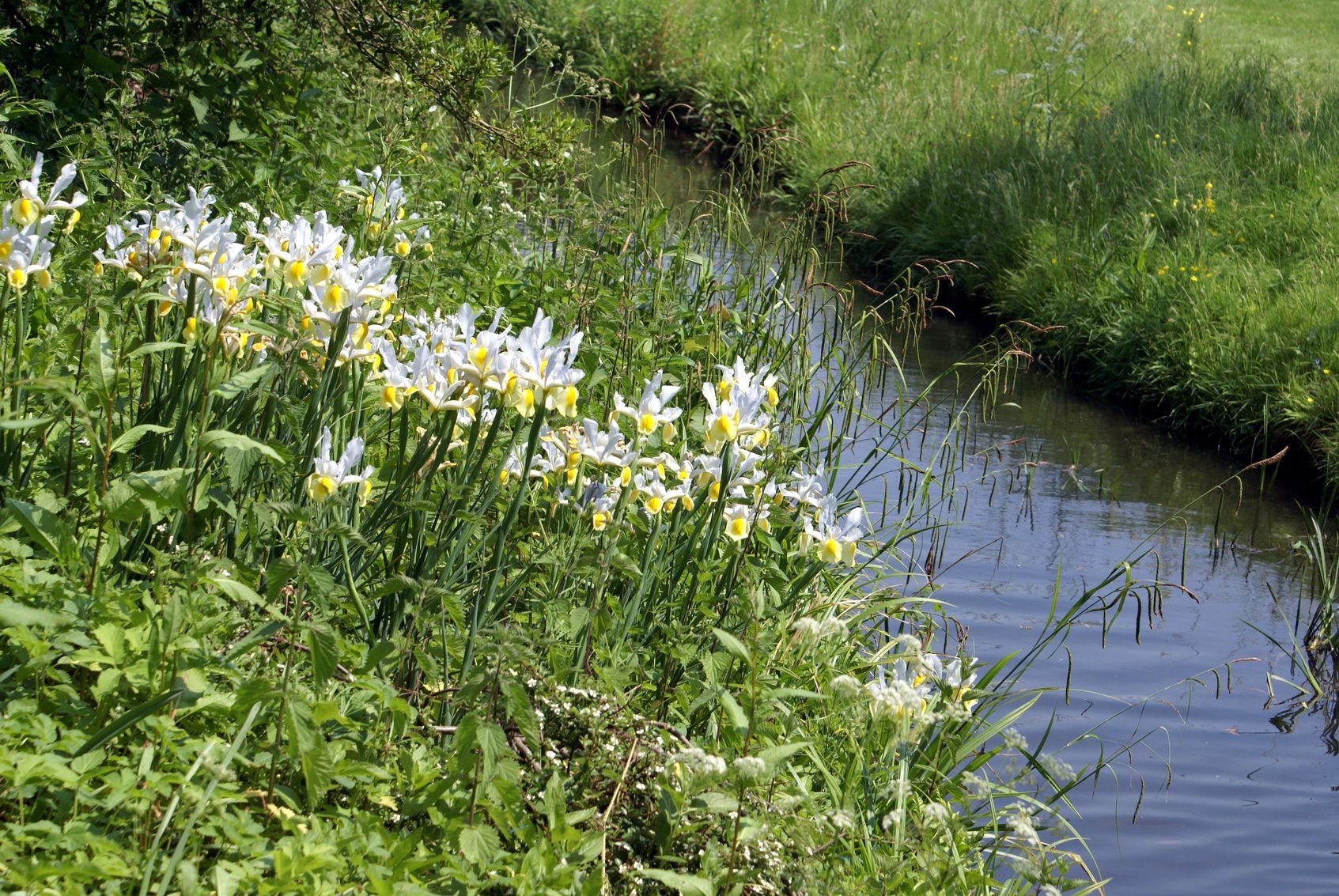Choosing Plants For Riverbanks – Tips For Planting Along Riverbanks


Gardeners lucky enough to have a natural water feature running through their property may also find challenges when landscaping the area. Creating wild sanctuaries for animals and birds and developing a natural looking landscape are just a couple of common goals when choosing plants for riverbanks.
Plants suitable for riverbanks must be able to survive occasional flooding and possible erosion issues. Some great options and cautions are discussed in this article.
Choosing Plants for Riverbanks
Many homeowners visualize a long expanse of lawn going down to the river, providing unobstructed views and velvety green expanses. Grass is often not the optimal choice, however, since its fertilizing and pesticide needs can foul water due to run-off.
Professional thoughts on riverbank landscaping indicate that native plants are a better choice. These can frame views, provide animal habitat and fodder, and require less maintenance and upkeep than a lawn. Developing a garden scheme for areas situated on water can pose some questions.
First, what do you want to achieve, and second, how much effort are you willing to expend? Using native plants can be a great solution, both from the standpoint of ease of care and also because they help filter pollutants, provide screening, and actually enhance the property by blending in with the surroundings.
The actual plants you use should be chosen from the local flora as much as possible to design an effortless landscape that seamlessly melds with the plants that naturally grow at the water's edge. Native plants will also establish more quickly and help prevent shoreline erosion.
Smaller Plants Suitable for Riverbanks
The actual plants selected for planting along riverbanks should be those that are hardy in your region while also being unaffected by water levels. There are plenty of flowering options such as:
Sign up for the Gardening Know How newsletter today and receive a free copy of our e-book "How to Grow Delicious Tomatoes".
- Crested iris
- Joe Pye weed
- Wild geranium
- Blazing star
- Cardinal flower
- Woodland phlox
- Monkey flower
- Lobelia
- Wild columbine
More permanent plantings in the form of blooming shrubs and bushes can give year-round interest. Suggestions might include:
- Witch hazel
- Ninebark
- Viburnum
- American filbert
- Black chokeberry
- Running serviceberry
- Rhododendron
- Mountain laurel
- Virginia sweetspire
- Alpine currant
Groundcovers will help with erosion issues and fill in around plants to help prevent weeds and create a seamless, lush garden. Try any of the following:
- Marsh marigold
- Hog peanut
- Calico aster
- Spotted jewelweed
- Swamp buttercup
- Clearweed
- Skunk cabbage
- Virginia bluebells
- Wood betony
- White avens
Larger Plants for Riverbank Landscaping
Taller accent plants can help give dimension and privacy to the landscaping. Many of these are evergreen, but there are also plenty that are deciduous and provide fall color displays. Evergreen trees and shrubs have permanent beauty and are generally easy to care for and grow slowly, which means they don't alter the landscape by very much over time. Some evergreen options are:
Some slightly smaller evergreen trees and shrubs to consider might include Japanese garden juniper, creeping juniper, or yews. Deciduous trees grace the river landscape and offer many seasons of interest. Red, silver, and sugar maples all perform well at the river's edge.
The common honey locust has an untidy habit but produces huge, delightful seed pods and golden fall color. Others to try might include white or green ash trees, swamp white oak, and basswood. Many of these plants are native to much of North America and each is tolerant of moist conditions and thrives with little care.

Bonnie Grant is a professional landscaper with a Certification in Urban Gardening. She has been gardening and writing for 15 years. A former professional chef, she has a passion for edible landscaping.